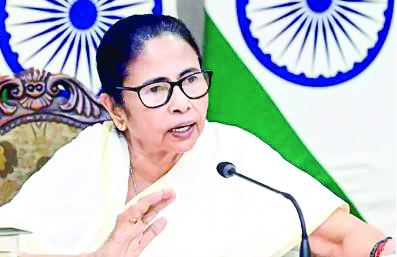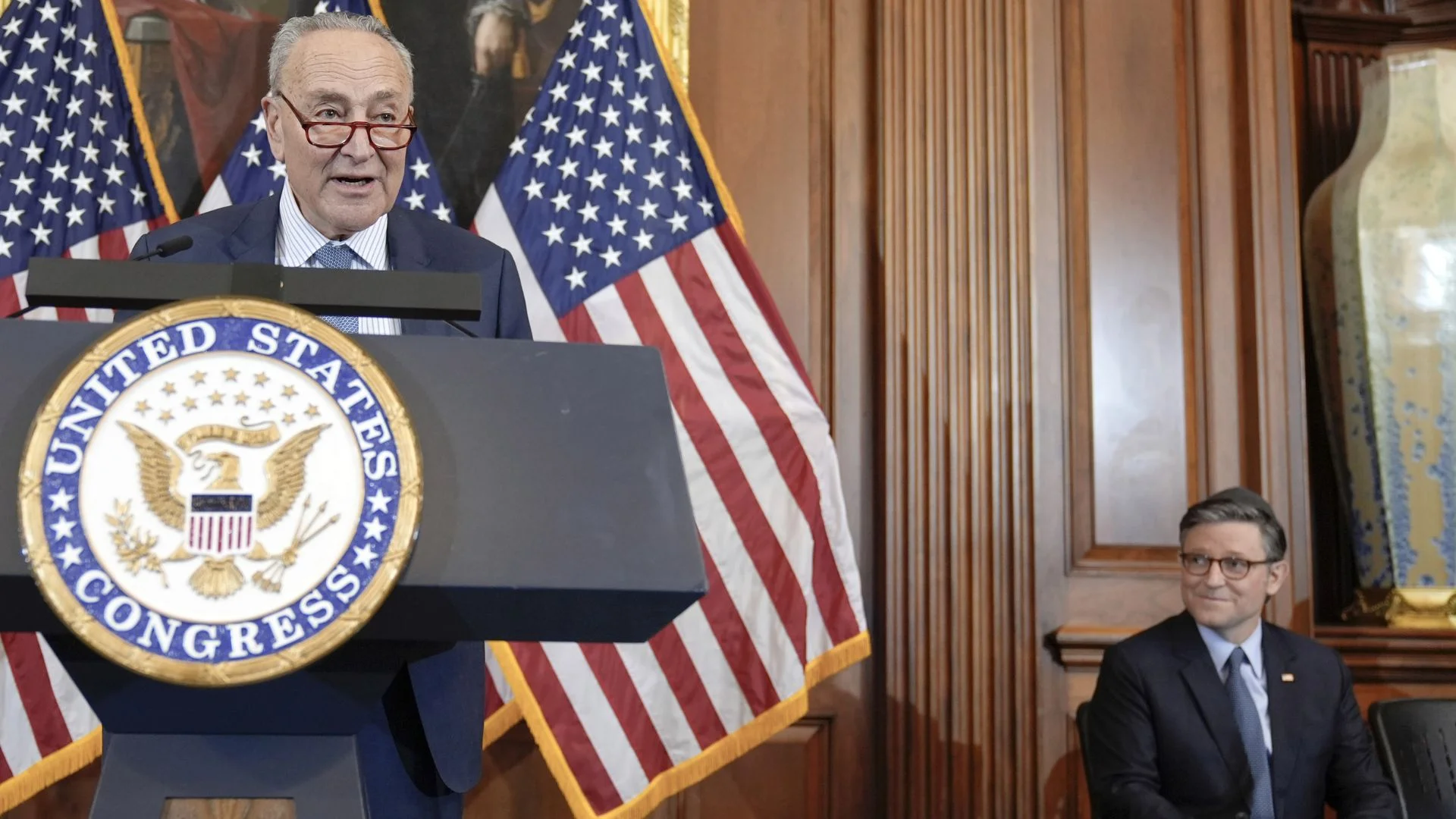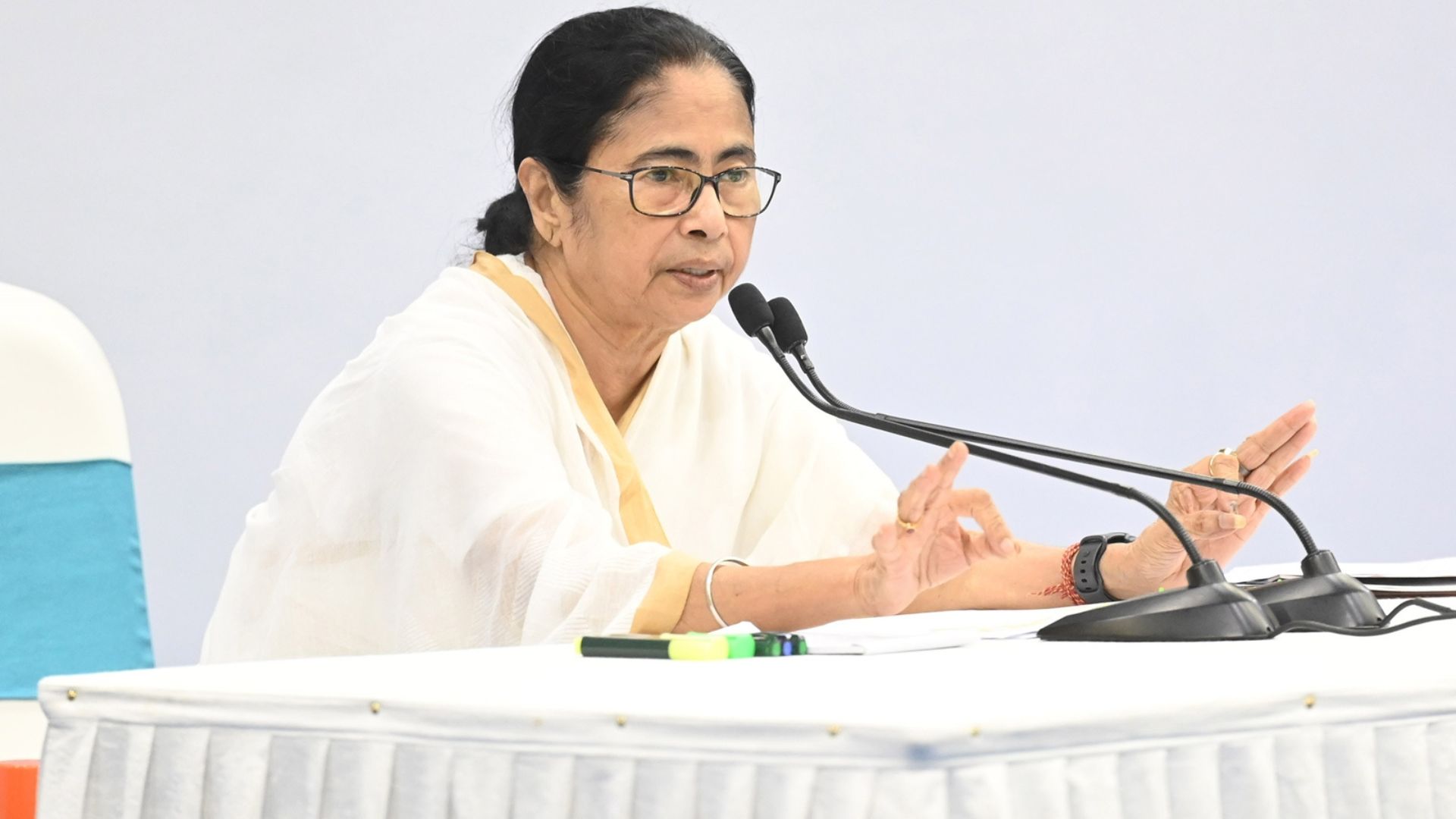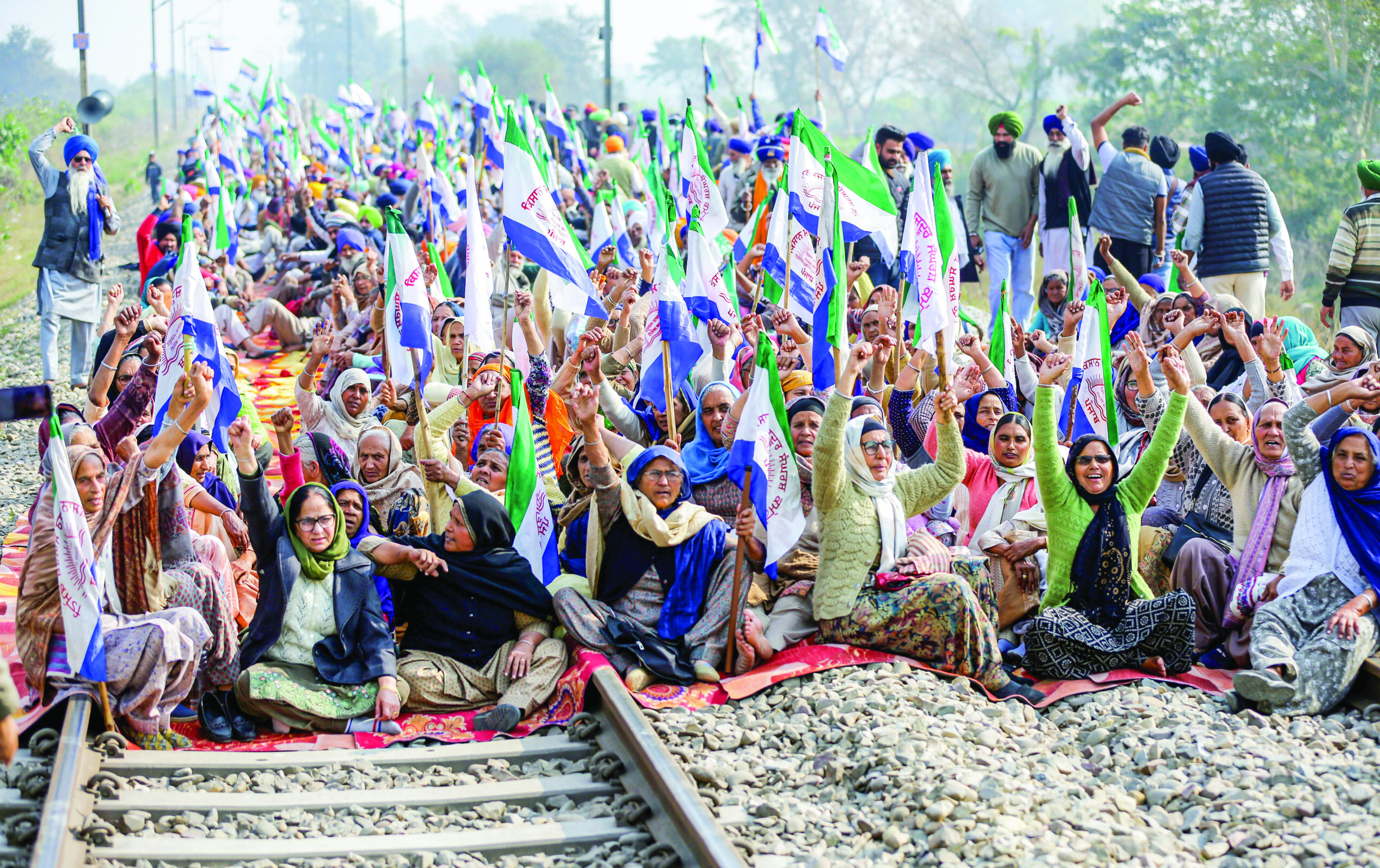
It is an exigency today for our society to thoroughly study the crimes against women in various patterns and shades. The crime against women has become the order of the day and the same is confirmed by our print, web and broadcast media by their news reporting and coverage. Though women are worshipped as life givers, the numerous instances of crimes against women stand antithetical and are as stigma to our culture. It may look repetitive but to remind that women play a very pivotal role in the society, and yet the society has not given them their due share and the veneration they deserve. The Indian patriarchy has always been biased against women and this negative inclination has resulted in grievous offences like rape, acid attack, stalking, voyeurism and a host of other heinous crimes.
The glorious Vedic history stands as a witness that women in India were treated as goddess in the form of Lakshmi, Saraswati, and Durga and had a very reverential status in the society they enjoyed the equal rights like men. However the medieval period saw the unprecedented and never to be repaired deterioration in the status women one time enjoyed. The new low was that they were treated as subservient as property. They were no near men not to think of near equality. This period was called ‘Dark Period for Women’ and it holds water. The period of British rule further lowered the position of women drastically mainly due to the western socio-cultural impact. Many reform movements were launched for the women and by the women against the age old bias, inequality, suppression and other corollary atrocities, and voiced for the women education and necessary legal reforms. Thus during this period the efforts of the reformers, national leaders and women’s organizations resulted in a good deal of social legislations by the British Government.
After Independence, the Constitution of India guaranteed gender equality, fundamental rights and special provisions for the treatment and development of women in every sphere of life. Even after these rights, women have been always discriminated on the basis of their sex.
Efforts have been made at various levels to curb the same. However, no substantial change had been visible until the year 2012, when the heinous rape committed in Delhi shook the entire nation up from this false stupor of security.
In December 2012, the Government introduced the Criminal Law Amendment Bill, 2012 in the Lok Sabha. The Bill sought to redefine the offence of rape and amend the penal laws in line with the recommendations of the Law Commission of India and the National Commission for Women (NCW). Following the Delhi gang-rape incident, the Government constituted a three member committee headed by the former Chief Justice J. S. Verma to suggest amendments to the criminal laws to ensure speedier justice and enhanced punishments in cases of extreme sexual assault. The Criminal Law Amendment Act, 2013, passed in the Parliament (Lok Sabha and Rajya Sabha respectively on March 19 and 21, 2013), the bill received presidential assent on 2 April 2013 and was deemed to be effective from 3 February, 2013. Most of the recommendations made by Justice Verma Committee were incorporated as paramount for quicker trial and an enhanced punishment for the criminals committing sexual assault of extreme nature against women.
India being a follower of UN Charter and other important international instruments like Universal Declaration of Human Rights 1948, Convention on Elimination of All forms of Discrimination against Women 1979, Declaration on the Elimination of Violence against Women 1993, International Covenant on Civil and Political Rights 1966, International Covenant on Economic, Social and Cultural Rights 1966, and related Protocols of 1976. These international instruments provide for equality, security, liberty and integrity for all persons inclusive of women.
The Indian legislations made to deal with crimes against women are in galore. The Constitution of India and certain other legislations having bearing on women’s protection are as under of certain other enactments pertaining to the crimes committed against women. These laws have been passed by Indian Parliament from time to time to prevent such crime against women in the Indian society.
There are many factors that contribute to crime against women in India such as chauvinistic patriarchy, illiteracy, unemployment, unequal wages, discriminatory socio-cultural practices, lack of awareness of seriousness of the crime, unquestioned acceptances of men’s superiority over women etc.
In the emotionally charged atmosphere after Nirbhaya gang rape case at that time, parliament did not get scope for undertake its due deliberation on the amendments or debate on each clause. It was anxious to appease public sentiment and enact more stringent rape laws.
Presently, the failure of good governance is the obvious root cause for the current unsafe environment eroding the rule of law, and not the want of needed legislation of Criminal Law Amendment Act, 2013 as the changes are unquestionably draconian. If there is a felt need for more laws, then there are many recommendations of expert bodies and judicial decisions that remain unimplemented. But the government ignored all the recommendations and in haste passed the Criminal Law Amendment Act, 2013. The amendment brought certain change in IPC, Cr.P.C. and the Evidence Act particularly relating to protection of women against crime. These challenges unquestionably the Criminal Law Amendment Act which is being abused in practice.
In recent years there has been an alarming increase in sexual violence and harassment of women, which reveals a large scale societal breakdown. Violence against women appears to have the dual function of at once controlling women and perpetuating their interior status. It also aims at restricting women’s mobility and sexuality and to punish women who flout societal norms prescribed by the particular community. All the public place are physically dominated by man which poses a number of threats for women while they are moving towards pursuing education, acquiring some gainful employment or even trying to make a stride in the public space. To enable women to fight against discrimination and abuse it is necessary to empower them by ensuring for them appropriate and effective legal aid. Criminal Law (Amendment) Act, 2013 is a successful step in this sense which not only expands the definition of rape, it also addresses penalties for other abhorrent forms of crime like stalking, voyeurism. But the study revealed that appropriate and efficient laws alone are not sufficient to protect the right to live with dignity of women.
The purpose of law is to prescribe the standard of behaviour of the people and to regulate their conduct in a civilized society. Faithful implementation of the law is of the essence under the rule of law for good governance. In the absence of faithful implementation of the laws by efficient machinery, it remains mere rhetoric and a dead letter.
Unless and until people are ready to fight for it, things will not change. To handle women-related crimes effectively society’s perception needs to be completely altered. Strict law, however, creates fear among the people but it cannot put a complete deterrent to it since male domination and women subordination is very much ingrained in our socio-economic and political system. Socialization of children based on equality of sexes can redistribute and equate the power between male and female thereby alter the unequal power relations between both the sexes. Social media can play a significant role in making the masses understand sexism, sexual violence, fighting patriarchy and facilitating altitudinal change in the society.















